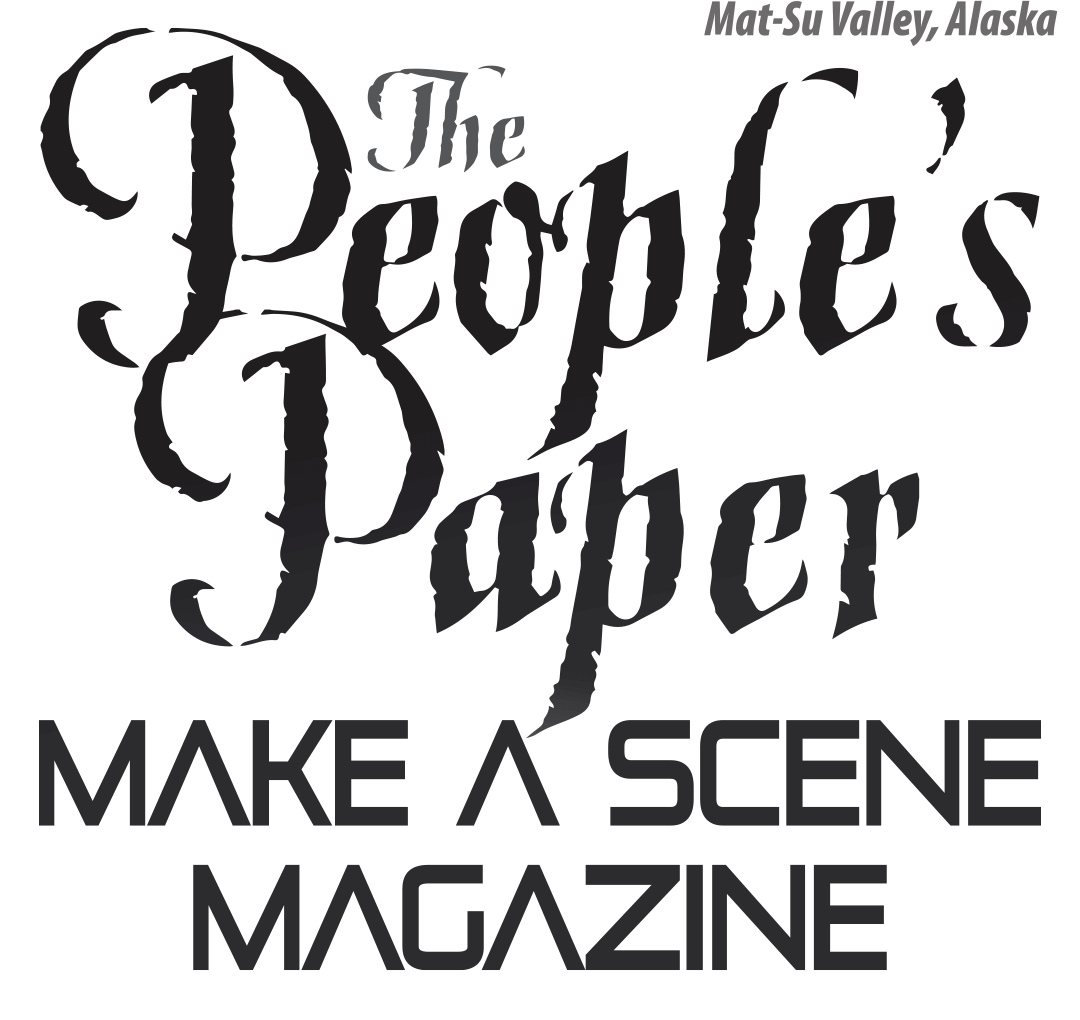The Bright Lights Book Project: What Becomes of Discarded books?
Contributed by Alys Culhane
A visitor recently dropped by our distribution center, the former banquet room of the historic Eagle Hotel. She was a newcomer who wanted to see what we were up to. Like most, she gazed in awe at the rows of carefully labeled boxes. I gave her a tour and showed her where the children’s books and the fiction and nonfiction books were located. I also showed her our back room, which contained several boxes of books that were soon to be taken to VCRS, the Palmer-based recycling center. There they would be recycled.
A brief conversation followed; it went something like this:
“You’re discarding books?
“Yes.”
“Well, how do you decide what to keep and what to scrap?”
My off-the-top-of my head response was that this is a book-by-book decision.
My answer satisfied her, but not me. I continued to mull over her question long after she was gone, just in case someone else asked it, or a similar question.
My example-related context was Christmas books. I began saving this year’s supply on December 26, 2022. Over the following year, books were donated to us by a variety of sources including Title Wave Books, private donations, thrift stores, and VCRS. I put them in boxes and labeled them Christmas with the sub-titles being Crafts, Children, Adult, and Cookbooks.
In July, Georgie Hollander, the founder of Borealis Dancers, took seven boxes of Children’s Christmas books that she distributed to kids on December 25th, 2023 at the Menard Center holiday dinner.
The day after Thanksgiving, BLBP volunteers cleaned and stamped an additional 15 boxes of books. After, I put roughly half of these books in the distributor’s boxes. The Polar Express, the Nutcracker, The Night Before Christmas, and the like soon graced our Palmer, Eagle River, and Wasilla bookcases. And on December 8, 2023, a handful of BLBP volunteers descended upon the Kolosky Building lobby and handed out an additional four boxes of books to children and their parents during the Colony Christmas parade.
The volunteers had, when cleaning and stamping books, set aside those that were torn, tattered, marked up, overly worn, and/or water stained. They put these books in two boxes, leaving me to decide what to do with them. I wasn’t looking forward to having to make what I knew would be some rather weighty decisions. Behind every half joke is a truth. I knew that some agonizing would be involved.
I took each book in hand and assessed the situation. I deemed Rudolf the Red Nosed Reindeer and The Grinch that Stole Christmas to be salvageable since both had torn pages but otherwise were in good condition. I deemed The Christmas Pony and a Child’s Christmas in Wales to be unsalvageable because the covers were missing. I put these and a handful of other unsalvageable books in the back room discard box. It didn’t seem right, throwing these in with books that had an expired shelf life. But, I thought, no one would want these books.
But wait. I had an idea. I’d recently met with Sacha Pettit’s Colony Middle School Leadership students and told them about the Bright Lights Book Project. I then passed out a dozen books and asked the group as a whole, is or isn’t this book salvageable? The kids looked carefully at a dozen books and decided that all were worthy of saving. Some were old favorites, some had beautiful illustrations, and still others (they thought) were valuable. And so, in answer to my question, would you be interested in learning some about book restoration, the students said yes. The following week, a Mat Su College librarian talked with the students about book restoration.
This was at the semester’s end, so the students didn’t do any hands-on repairs. However, they set the wheels in motion. I am now planning on reducing the number of books that end up in the recycle boxes by offering book restoration classes. No, not all the books that come into the hands of the BLBP volunteers can be salvaged. But many of them can. And, as importantly, (as I learned from Sacha’s students) looking closely at a book opens literacy-related doors. Book repair is then a literacy-related activity.
I have since retrieved the Christmas books that I’d previously considered to be unsalvageable and put them in what I’m now calling the restoration box.
There. I made a short story long. I’m going to include it in a book I’m now writing: Shelf Life: A Book about an Overabundance of Books.

